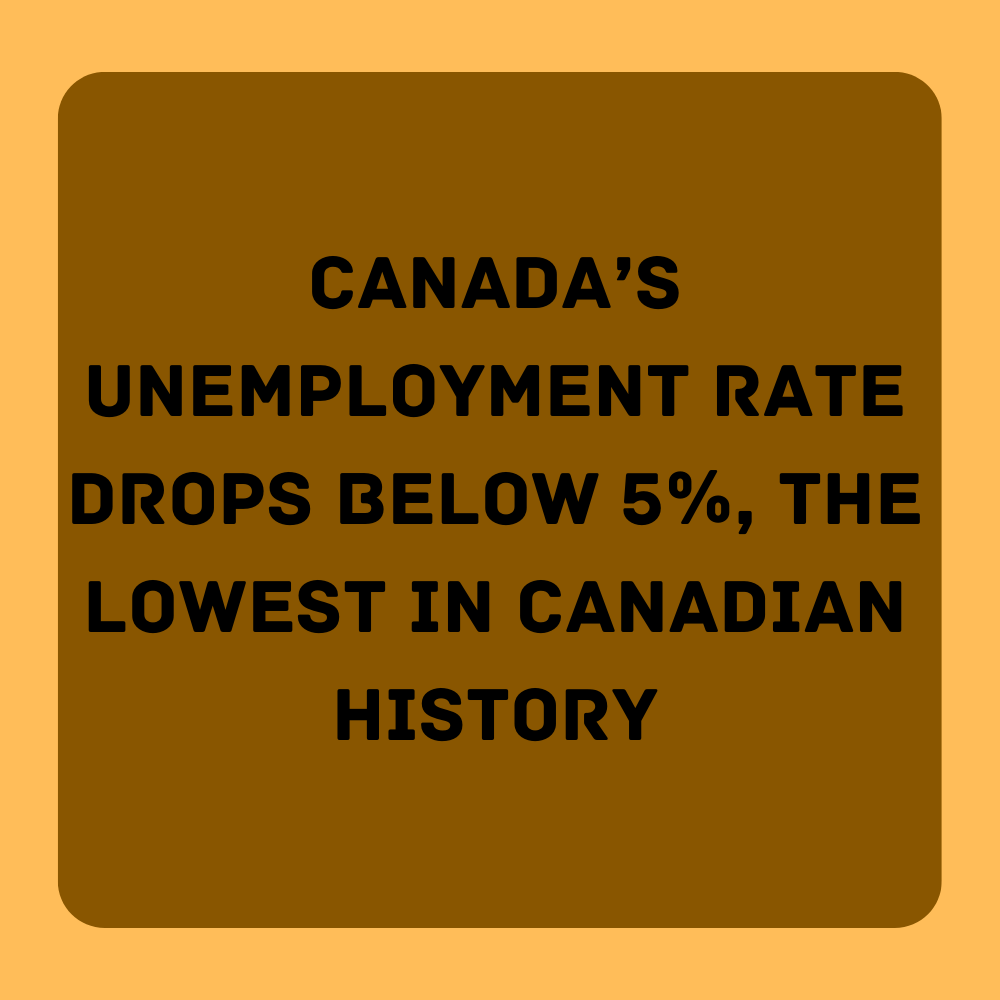Canada’s labour force shrank in June, mostly because of people age 55 and older leaving the labour force.
June’s Labour Force Survey from Statistics Canada shows Canada’s labour market continues to be tightening, creating it difficult for Canadian employers to search out workers.
Employment fell by 43,000 last month. It marks the primary employment decline not related to public health restrictions since the start of the pandemic. the rationale employment fell is mainly because of an outsized quantity of people age 55 and older leaving the workforce.
Apply For Canada Immigration From India
The unemployment rate fell to a brand new record-low of 4.9%, as fewer individuals searched for work. the reason for the decrease in unemployment was that fewer individuals were trying to find work. The adjusted employment rate, which includes people that were not within the labour force however trying to find work decreased to 6.8%, another record low.
Liam Daly, an economist with the Conference Board of Canada, says amid the tight labour market conditions, employment has risen among diverse groups like recently landed immigrants and core-aged indigenous employees living off reserve. Also, the utilization rate among core-aged female employees was at 81.3%, simply keep of the record high recorded in may.
“These improvements suggest that labour shortages are increasing labour market inclusivity by drawing in employees who traditionally face underemployment or lower rates of employment and labour force participation,” Daly wrote.
Employment in the services-producing sector declined by 76,000 in june, with losses spread across many industries, together with retail trade. However, employment rose by 33,000 in the goods-producing sector, with gains in construction and manufacturing. Construction saw its 1st increase since March. Scotiabank economist Nikita Perevalov says the rise may be a sign that construction is ramping up once more, however the decline in retail trade is cause for concern.
“What is concerning is that the decline in a job within the retail and wholesale trade sector (-61K net jobs), that can be proof of falling spending because of consumer fatigue with high price inflation translating into fewer jobs within the sector,” wrote Perevalov.
The tight labour market has pushed up wages in Canada. In June, average hourly wages rose 5.2% to $31.24 on a year-over-year basis.
Check Score on CRS Calculator
“A very tight job market is prompting stronger wage growth, which can go some way towards offsetting the erosion in real incomes by inflation,” wrote Rishi Sondhi, economist with TD Bank.
One way to help support labour shortages is to welcome high levels of immigrants with skills that meet the demands for talent. In 2022, Canada is ready to open its doors to a record 431,645 new permanent residents. Canada is presently on the right track to satisfy this target. within the first half of 2022 alone, Canada has already landed concerning 200,000 new permanent residents.
